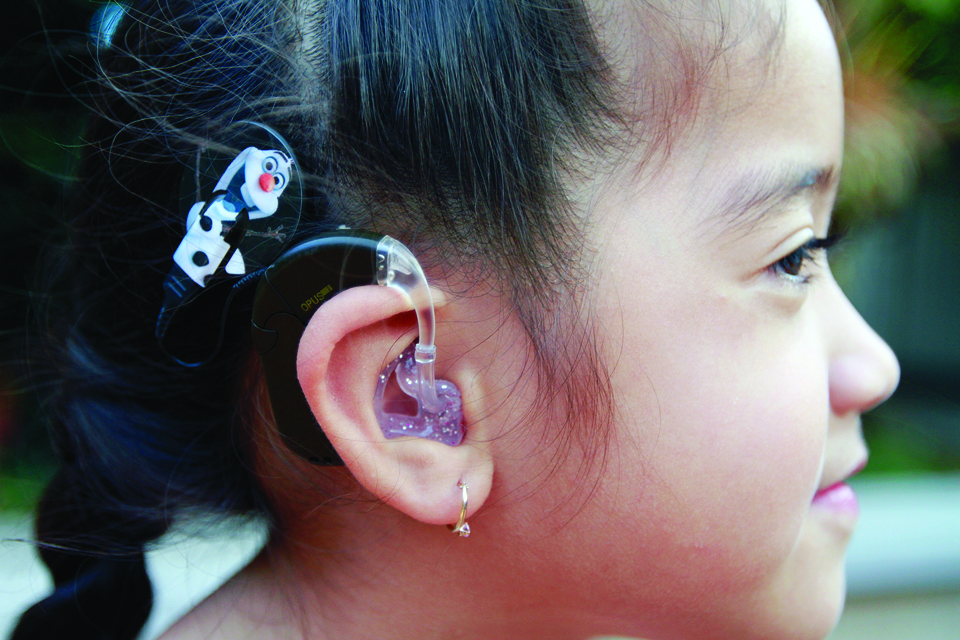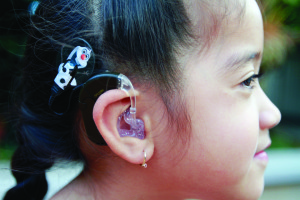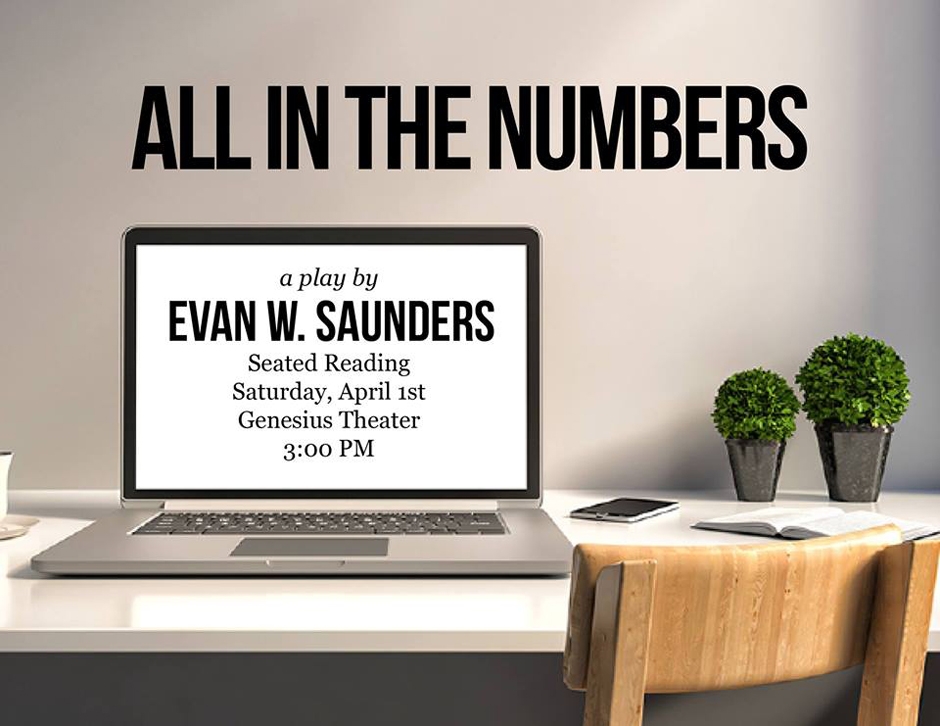
By Bridget Seelinger | Student Columnist

Protestors and demonstrators across the nation accused the Western Pennsylvania School for the Deaf of launching a direct attack against the deaf community and American Sign Language.
What started as a small protest located outside of the school in Edgewood has escalated into a national debate about the use of ASL in modern society as well as the use of cochlear implants, surgically implanted devices which aid the deaf in hearing, in children with both hearing and deaf parents.
This controversy is a symptom of both a fundamental breakdown of leadership within the deaf community and a lack of communication between the hearing and deaf worlds.
The disagreements began when word got out that WPSD was using Sim-Com, or simultaneous use of ASL while speaking English, for instruction during class.
This is controversial because the grammatical structure of spoken English and ASL are vastly different, so the communicator will naturally gravitate towards relying on spoken English grammar and omitting ASL words.
For a hearing person, this looks like a perfect combination of the two languages, but for a person who cannot hear and only sees what the communicator is saying, it looks like gibberish.
As a result, parents of deaf children were upset because their children were unable to understand what their teachers were saying and doubly distraught because their children are supposed to be learning ASL in an immersion environment at WPSD.
The deaf community is faced with a question, though: How are schools for the deaf like WPSD able to teach these children about the culture they are a part of, but also prepare them for the world they will have to live in?
Maintaining deaf culture is important. The deaf are most certainly a community and ASL is a beautiful language. These things need to be preserved and protected, but they should not exclude the importance of spoken English.
Like it or not, spoken English is essential nowadays for something as big as getting a job or as small as ordering a hamburger at McDonalds. Deaf children must be taught how to read lips and how to speak if there is hope for them achieving more than their parents or grandparents before them. But they also should keep that key element of the culture: ASL.
The deaf have the ability to make this happen, but someone needs to step up to get the conversation started; the name-calling and hunger striking needs to stop. The way to effect change and maintain the community is to have a rational, logical conversation.
But deaf people are scared. The advent of the cochlear implant has had devastating effects on a number of deaf individuals.
From the hearing point of view, this is a good thing because a disability is being cured, but from the deaf point of view, this is a very bad thing, because the sheer number of people left in the community is shrinking. What is going on over in Edgewood is the deaf community desperately trying to hold onto what they have left.
A fundamental fact about the deaf community is that they do not see their deafness as a disability. They see it as something that sets them apart and makes them part of a culture of similar people. This mindset is great for empowerment, but it’s not exactly practical.
Many in the deaf community would prefer it if ASL was the only method of communication they have to learn. For this reason, many deaf individuals do not know how to speak spoken English. This becomes a problem, though, when encountering the much bigger hearing world that the deaf unfortunately live in.
There has to be a way to combine spoken English and ASL so that the cultural identity of the deaf community remains intact but the children are still able to function in the hearing world. The answer is not teaching in Sim-Com, but a conversation does need to be started about how to give deaf children the tools to live in modern-day America.
If there is any hope, leaders need to emerge to start this discussion, leaders who are deaf themselves. Life has become a lot easier for the deaf over the past 50 years with the advent of the TTY (a telecommunication device), the iPhone and the passage of the Americans with Disabilities Act, among countless other pieces of legislation that provide communication devices and other basic necessities to hard of hearing and deaf individuals. Any deaf person would tell you, though, that life is still harder without hearing.
If there is any hope for deaf children and for the future of ASL, there needs to be a happy medium between the two extremes. I don’t believe hearing makes a person more superior; I’m just speaking the truth. When this discussion is started in an appropriate forum, I firmly believe the deaf will be able to move forward into a brighter and more hopeful future.




